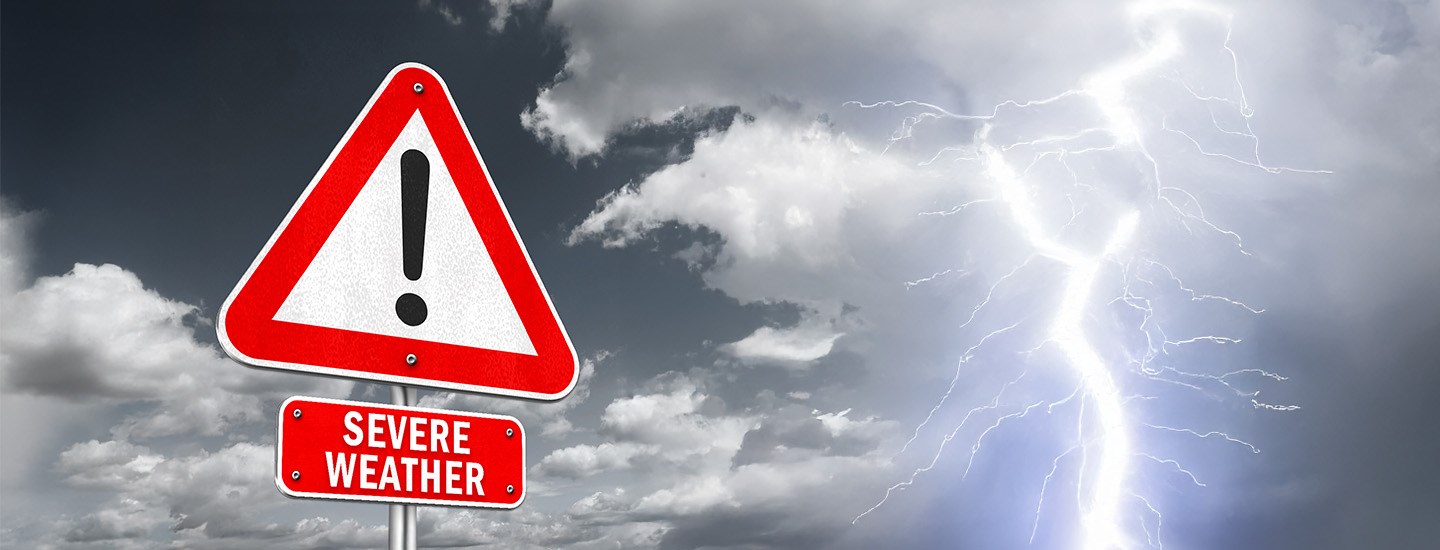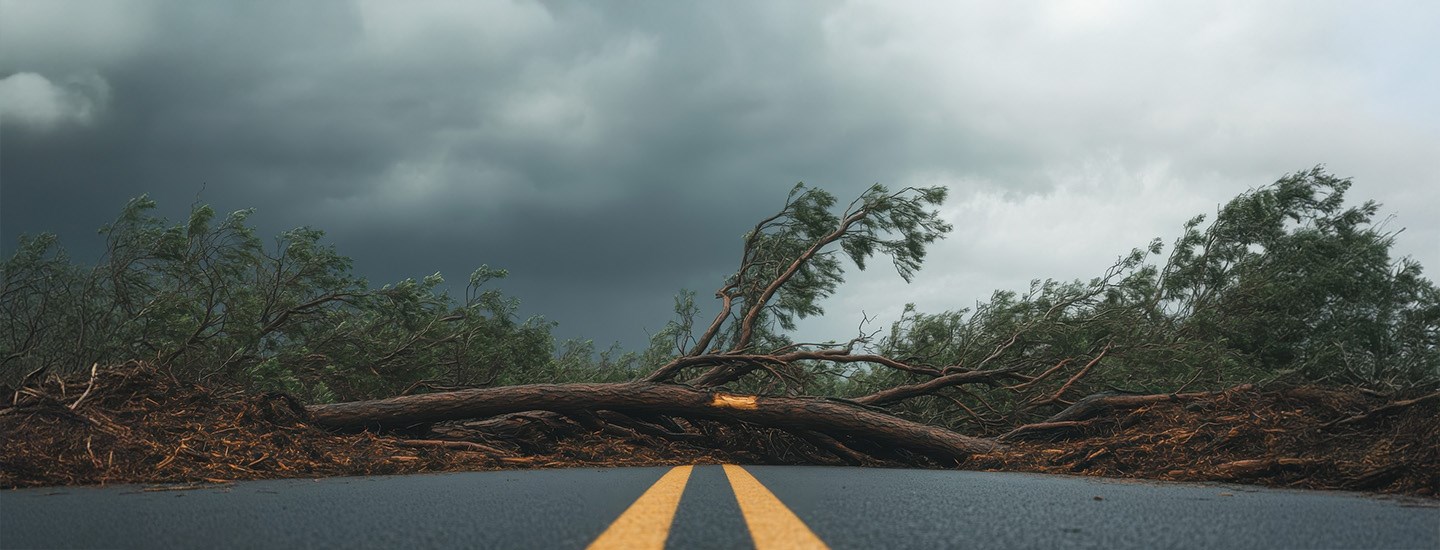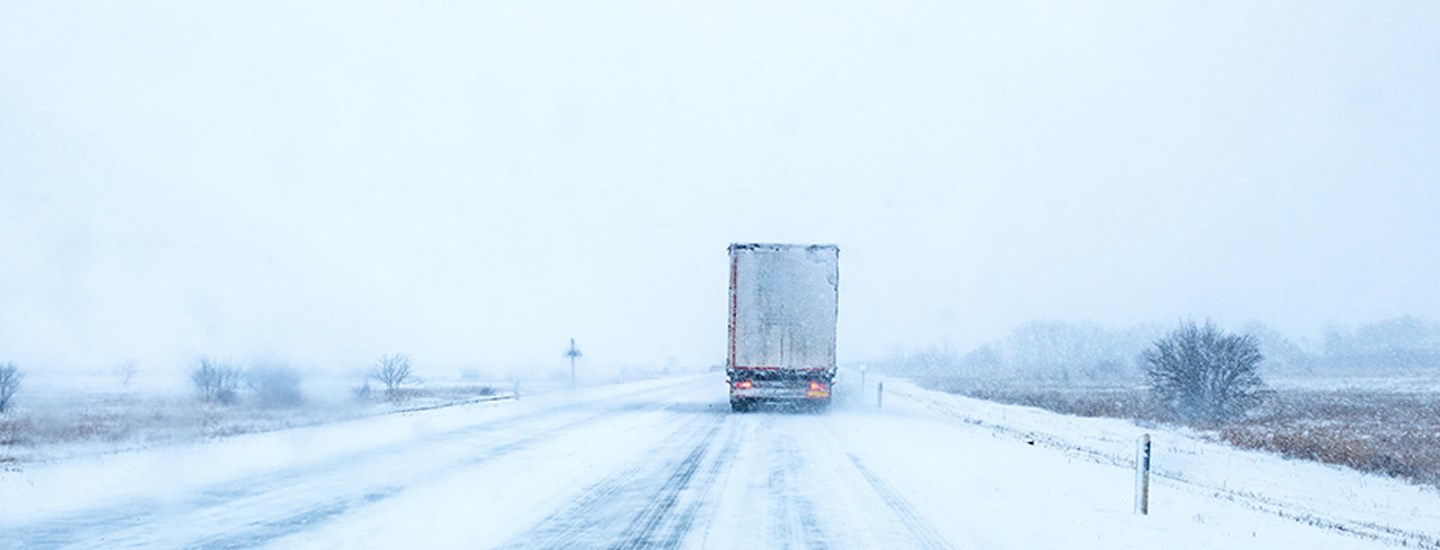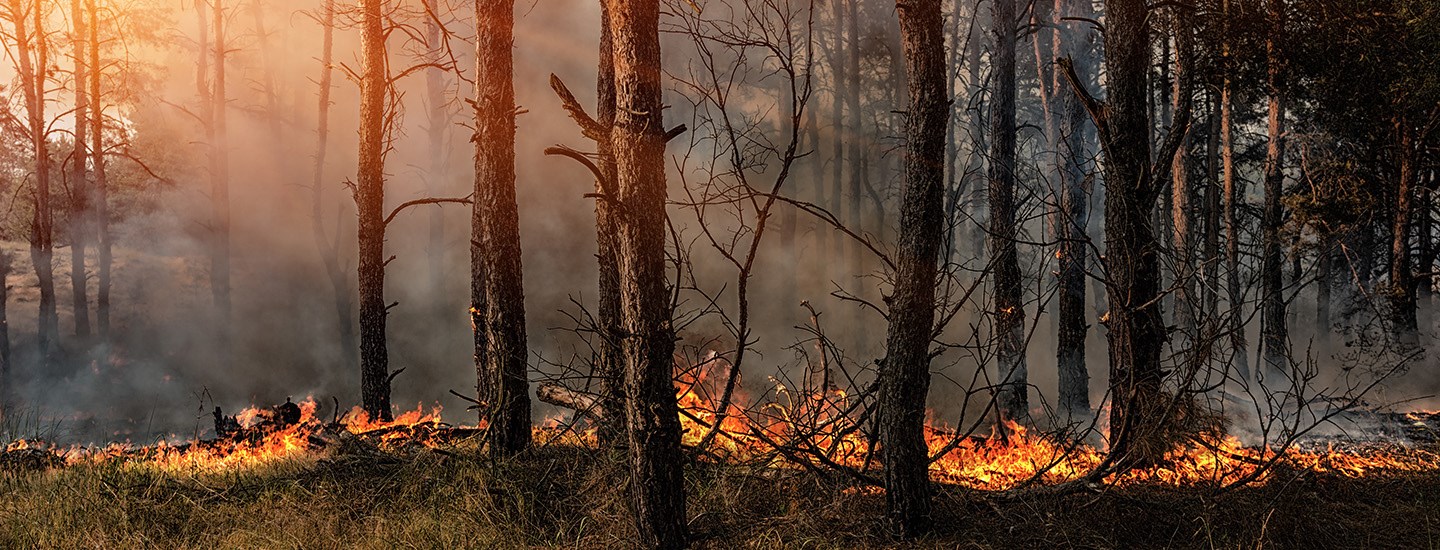November 3, 2025

Be Prepared: Navigating Bomb Cyclones, Polar Vortexes & Raging Wildfires
By Tosha Missel, PacLease Senior Marketing Specialist
As Fleets navigate severe weather challenges, truck drivers and fleet operators face a multitude of challenges on the road, with severe weather being one of the most unpredictable and potentially dangerous. From bomb cyclones and polar vortexes to raging wildfires, understanding these phenomena and preparing for them is crucial for safety and efficiency. Here are some helpful suggestions to help you navigate these severe weather events effectively.
Understanding Severe Weather Events:
Bomb Cyclone
A bomb cyclone is a rapid intensification of a storm, characterized by a drop in atmospheric pressure of at least 24 millibars in 24 hours. These storms can bring heavy snow, strong winds, and significant temperature drops, leading to hazardous driving conditions.
Tips for Trucking During a Bomb Cyclone:
- Stay Informed: Monitor weather updates and forecasts. Use reliable apps and services that provide real-time information on road conditions.
- Plan Routes Wisely: Avoid areas forecasted to be severely affected. Have alternative routes ready.
- Prepare Your Vehicle: Ensure your truck is winterized, with antifreeze, proper tires, and a full tank of fuel.
- Cold Weather Items to Equip Your Vehicle: deicer, windshield scraper, chains, and gloves.
- Carry Emergency Supplies: Have blankets, food, water, and a first-aid kit on board in case you get stranded.

Polar Vortex
Polar vortex refers to large areas of low pressure and cold air surrounding the Earth's poles. When it weakens, it can push frigid air into lower latitudes, leading to extreme cold and snow.
Tips for Trucking During Polar Vortex Events:
- Dress Appropriately: Wear layers and have insulated clothing available in case of breakdowns or delays. Proper footwear is also essential to prevent slips and provide traction.
- Check Your Tires and Brakes: Cold weather can affect tire pressure and brake performance so ensure they are in top condition.
- Keep Your Fuel Tank Full: This helps prevent fuel line freeze-ups and ensures you can stay warm if stranded.
- Know When to Stop: If conditions become too severe, find a safe place to pull over and wait it out.
- Consider bringing chains in areas that usually don't experience snow when there's a forecast for potential snowy weather.

Raging Wildfires
Wildfires can occur rapidly, especially in dry and windy conditions. Smoke can reduce visibility, and flames can spread quickly, creating dangerous driving situations.
Tips for Trucking During Wildfire Season:
- Stay Updated: Keep an eye on local news and weather reports for fire warnings and road closures.
- Avoid Affected Areas: If a wildfire is reported nearby, it’s best to reroute your journey to avoid dangerous areas.
- Air Quality Awareness: Smoke can significantly reduce air quality. Use your vehicle’s air filtration systems to stay safe & wear masks that are rated for poor air quality, smoke & ash outside the vehicle.
- Have an Evacuation Plan: Familiarize yourself with evacuation routes in case you find yourself in a threatening situation.

General Preparedness
- Emergency Kit: Always keep an emergency kit in your truck that includes:
- First-aid supplies
- Flashlight and extra batteries
- Non-perishable food and bottled water
- Warm blankets and clothing
- A shovel and ice scraper
- Flares or reflective triangles
- Communication: Ensure you have a reliable communication device. Inform someone of your route and expected arrival time.
- Vehicle Maintenance: Regular maintenance checks are essential. Pay special attention to:
- Battery health
- Tire tread depth, air pressure and chains if applicable for your region
- Wipers and windshield fluid
- Fluid levels (oil, coolant, brake fluid
- Training and Awareness: Stay educated about severe weather patterns and driving techniques in adverse conditions. Consider taking defensive driving courses that include severe weather training. And always remember to enter and exit the cab using 3 points of contact.
- Rest and Alertness: Fatigue can impair your ability to respond to emergencies. Ensure you get adequate rest, especially before long hauls in challenging weather.
Severe weather poses a significant risk to truck drivers and the freight they carry. By understanding the threats posed by bomb cyclones, polar vortexes, and wildfires, and by preparing your vehicle and yourself for these challenges, you can ensure not just your safety, but also the timely delivery of goods. Remember, when in doubt, safety comes first. If conditions are too dangerous, don’t hesitate to pull over and wait for the storm to pass. Stay safe out there!
Learn how the PacTrainer safety training program can benefit your fleet and drivers.
More information about preparing your fleet checkout the following blogs:
- In Case of an Emergency: Are Your Drivers Prepared?
- In Case of an Emergency: Properly Prep Your Cab for an Emergency
- In Case of an Emergency: First Aid & Preparedness Kit Preparations
For more great blogs, visit PacLease Blogs.
